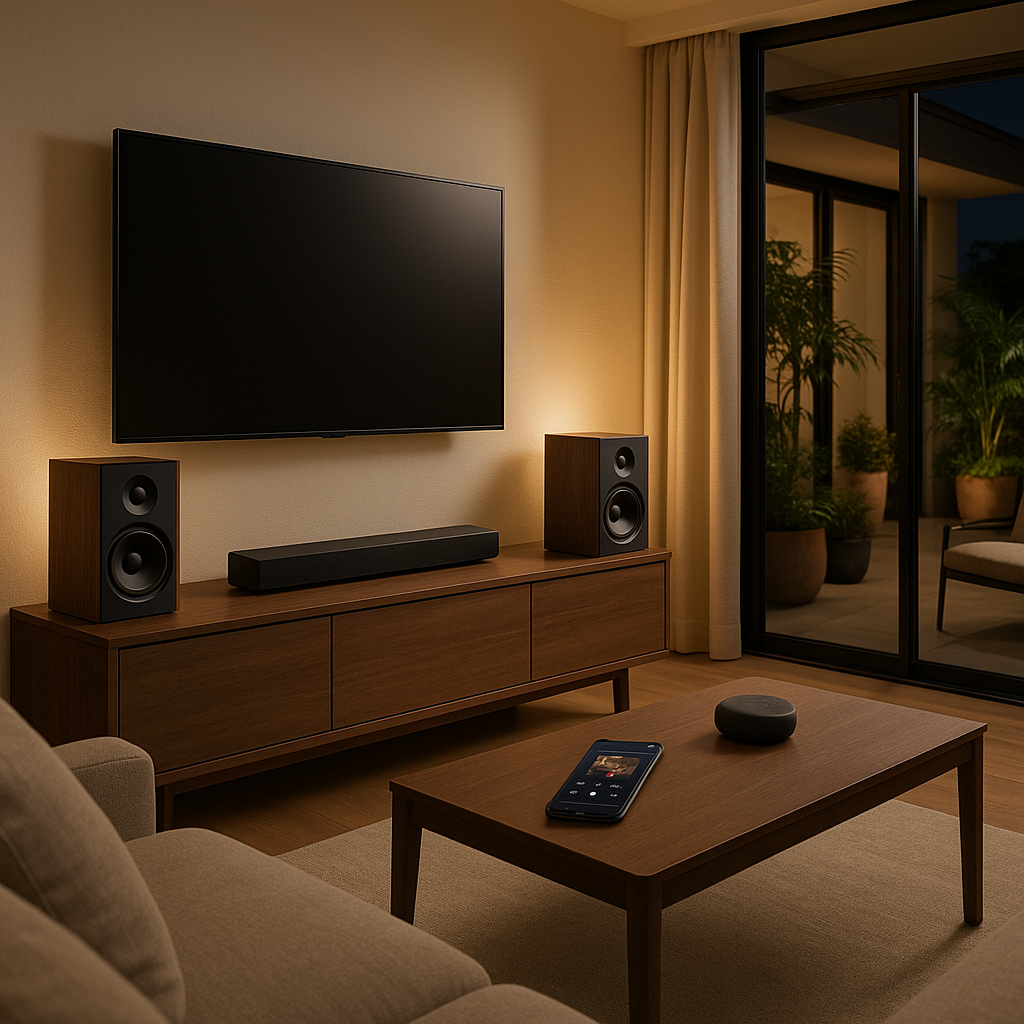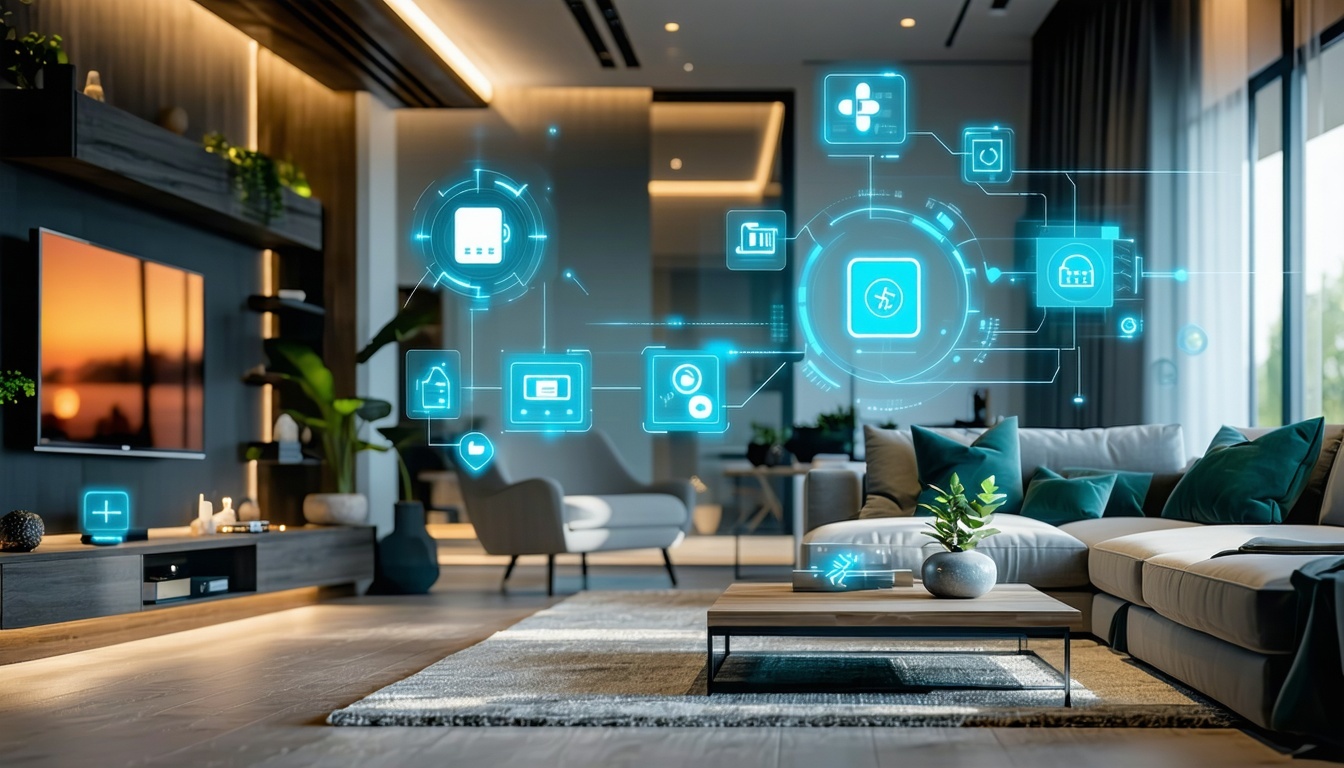How to Set Up Whole-Home Audio on a Budget: Smart Tips for Affordable Sound
How to Set Up Whole-Home Audio Without Breaking the Bank There’s nothing quite like walking from your kitchen to your living room, out onto the...
2 min read
SmartConnect L.A. : Oct 17, 2025 5:42:23 PM

Upgrading to a modern, unified access control system isn’t only about keeping pace with technology — it’s about establishing a security foundation flexible enough to grow and adapt with an organization’s evolving needs. As workplaces expand, incorporate new technologies, and adopt hybrid operating models, outdated access control systems often become a barrier to safety, efficiency, and compliance.
Legacy access control systems — frequently based on decades-old hardware and isolated software — were once sufficient when physical security needs were simpler. However, many of these systems rely on on-premises infrastructure, proprietary hardware, and point solutions that don’t integrate easily with modern IT environments. This lack of interoperability can create security gaps and administrative inefficiencies.
Typical challenges include:
In contrast, current-generation access control platforms are designed with agility and connectivity at their core. They support cloud-based management, mobile credentials, and integration with other enterprise systems. This evolution transforms access control from a passive protective measure into an active tool for safeguarding assets, improving user experience, and enabling smarter operations.
Key advantages include:
Modernizing access control lays the groundwork for long-term adaptability. As organizations adopt new workplace configurations — such as flexible offices, remote access points, and smart environments — the ability to adjust security policies rapidly becomes essential. A unified platform enables quick onboarding and offboarding of personnel, integration with visitor management and building systems, and streamlined compliance processes across departments.
Moreover, future technology trends, including Internet of Things (IoT) devices and artificial intelligence for threat detection, depend on open and interoperable systems. Retrofitting obsolete access platforms to align with these trends often proves costly and complex, whereas newer solutions are built to integrate from the start.
Modern regulatory frameworks increasingly emphasize robust identity management and data protection. Unmaintained legacy systems can expose organizations to compliance risks due to limited encryption or outdated authentication protocols. Upgrading ensures adherence to current standards and helps mitigate potential liabilities by maintaining up-to-date security measures.
For industries governed by strict compliance requirements—such as healthcare, finance, or education—a modern system offers audit readiness through automated reporting, centralized logs, and clear accountability trails.
Transitioning to a unified access control platform is not solely a technology project; it is a strategic initiative that impacts security operations, user convenience, and business continuity. The benefits extend beyond physical protection, improving the efficiency of teams that manage credentials, facilities, and digital assets.
A carefully planned migration involves assessing existing systems, mapping out integration points, and evaluating long-term scalability. Partnering with providers that offer open APIs, robust support, and flexible deployment options ensures the investment remains viable as technology evolves.
Outdated, isolated security technology can hinder an organization’s ability to respond quickly to new challenges. Moving away from legacy access control is a step toward comprehensive, future-ready security management. By adopting a unified and adaptable solution, organizations invest in resilience — not just for today’s risks, but for the opportunities and demands of tomorrow.

How to Set Up Whole-Home Audio Without Breaking the Bank There’s nothing quite like walking from your kitchen to your living room, out onto the...

Unlock the full potential of your living space with smart home technology, transforming daily routines into seamless and enjoyable experiences.

2 min read
Every year, the months between Apple’s Worldwide Developers Conference (WWDC) in June and its September iPhone event create a familiar window for...